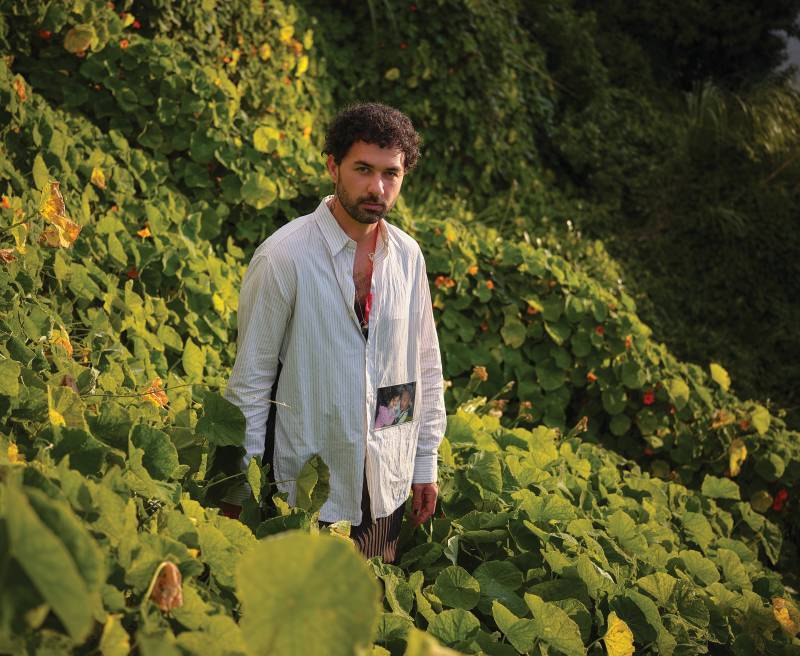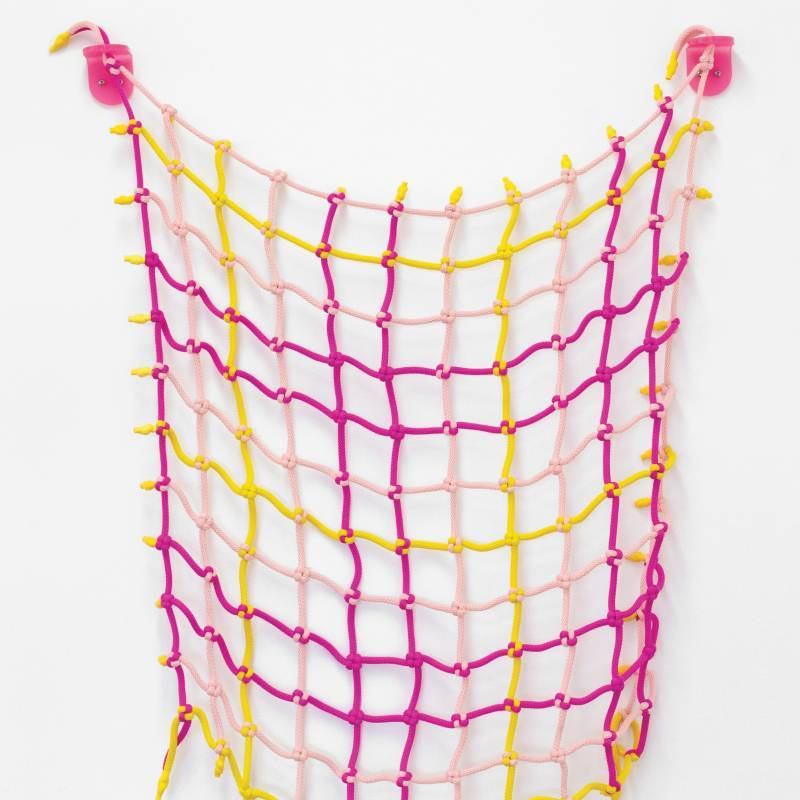Cool Hunter Predictions: Tyrone Te Waa
The artists to watch in the year ahead.
Words: Sue Gardiner
Tyrone Te Waa (Ngātī Tūwharetoa, Ngātī Hine) works with both the physical and the non-physical as starting points in his work. The physical object-ness of fabric is a key medium. “I love to touch fabric,” he says, “and that has been with me since I was a baby. It’s a material I find all encompassing. It’s everywhere.” For the artist, fabric’s tactility becomes embedded with important non-physical references such as fleeting thoughts and feelings. “A tangled mess of thoughts and memories come to mind that I can reflect on, manifest and continue,” he explains. “There is no hierarchy between thoughts and physical materials – they are of equal importance.”
Completing his Masters of Creative Practice at Unitec, Auckland, Te Waa’s work is being increasingly recognised through exhibitions such as Clingwrap at Sanc Gallery, Auckland and A New Net: Four Early-Career Māori Artists at Tim Melville Gallery, Auckland.
In both exhibitions, Te Waa constructed a gallery installation of fabric-wrapped plinths and connecting timber support structures. At points of intersection, placed on platforms of varying heights, was a grouping of sculptural objects, reminiscent of heads and bodies.
Made from his own or recycled, gifted and found fabrics, all holding rich symbolism for the artist, the sculptures are literally bound together with fine thread, a process that offers playful and open-ended possibilities. “I am a hoarder of fabric,” he says. “I have to be to work this way but it does look like a bomb went off in the studio!” Making the work becomes an automatic, heuristic, deeply contemplative process of organising, jumbling together, jamming in, and at times, oozing out of fabric and binding, like memories coming to the surface. “It is a matter of both knowing and unknowing as my subconscious is shared into the work and my own history, through identity and knowledge, is dismantled and re-assembled, revealing the inner workings of what I believe is true. I think everything I’ve touched, loved, hated, experienced, know or not is embedded into the work.”
Navigating through the structure to view objects such as Schoolmaster, Jub Jub or Mummy, viewers notice connections between them – part ritualistic performance, family unit, playful conversation or community gathering, part objects of archaeological significance, be that of a Roman bronze head or a wrapped body following customary tangihanga (Māori burial practices).
“Through both a western and an Indigenous lens, the wrapped figures are like pre-colonial, pre-contact artefacts held in a museum, re-assembled and mixed in with ueer aesthetics and sensibilities,” he says. “They silently act as a gateway to memorialise my thoughts and experiences. ”
In June 2022, Te Waa will show new work at Auckland’s Objectspace in twisting, turning, winding//Takatāpui + Queer Culture in Aotearoa.
Featured image: Artist Tyrone Te Waa. Portrait by Sam Hartnett.
This article was originally published in Art Collector issue 99, January-March 2022.













